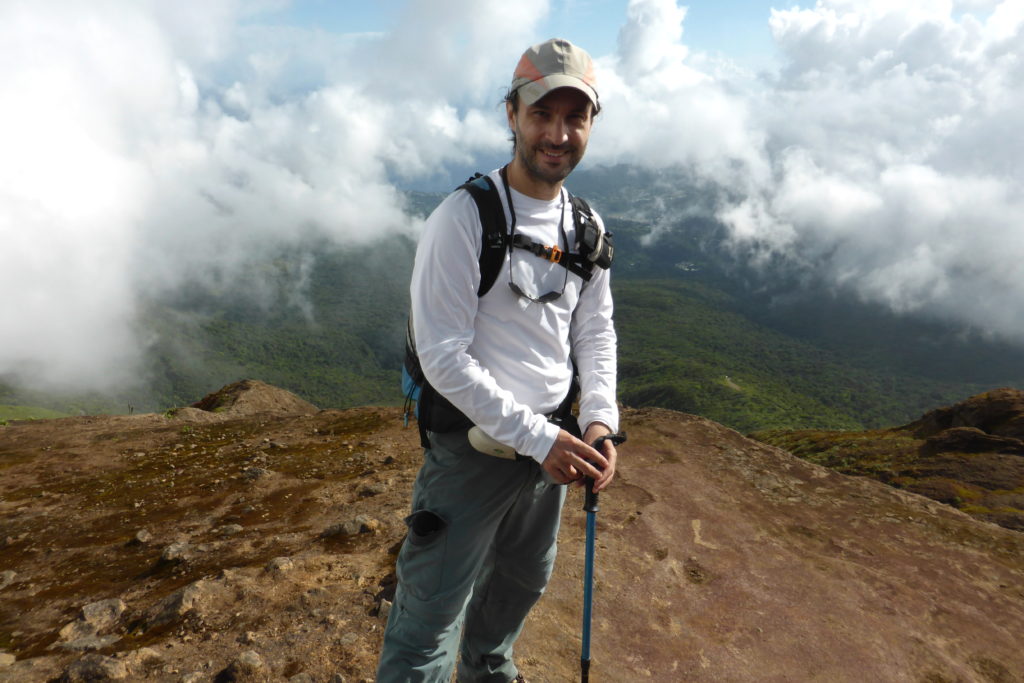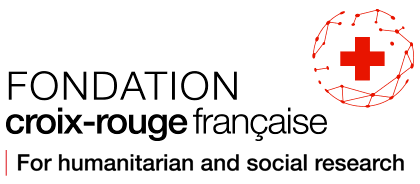In the event of natural disasters, the population’s culture of risk, and its degree of preparedness, can significantly limit the devastating consequences. But how to encourage the establishment of a culture of risk? That is the question broached by the geologist Yves Mazabraud and the seismologist Alexandra Renouard, both also specialised in the teaching of the geosciences, and respectively affiliated to the Université des Antilles, at Pointe-à-Pitre, and the Université de Bretagne Occidentale in Brest. Their research aims to reinforce the relevance and efficiency of awareness-raising activities with regard to natural risks, in the context of a project involving researchers in the geosciences and in the humanities and social sciences.
Your study focuses on conceptions linked to natural risks in Guadeloupe. Why is this subject of interest to Guadeloupe?
Yves Mazabraud: in Guadeloupe, the population is faced with a wide array of potentially devastating natural hazards. Earthquakes and volcanic eruptions have caused great damage over the past 200 years. The most recent eruption of la Soufrière was in 1976. Less spectacularly, coastal erosion, flooding and cyclones present more frequent threats for the population. These risks are all the more concerning given that a number of factors increase the region’s vulnerability: the poor quality of the buildings, the insecurity of the population, constructions in unstable areas, insularity… The population is not always prepared for these risks. And yet, the culture of risk is one of the key elements to reduce the impact of natural disasters.

Can you explain what a culture of risk is?
YM: having a culture of risk is being aware of risks and anticipating them. For example, in the West Indies, the population is aware of the risk of cyclones and takes it into account, because it is reminded of it every year. There are water reservoirs, well-positioned generators. In the event of a disaster, the population must be able to last for several days. In areas with high seismic activity, certain behaviours need to be reflexes, for example, when entering a building, identifying the safest places in the event of tremors: under the door frames, under the tables. Or adopting simple measures like fixing wardrobes to the walls. But these practices are not always adopted. These are seen as unnecessary precautions, in the face of an exotic risk. Because of the infrequency of volcanic eruptions and earthquakes, the population does not have the culture of these risks. Our research aims to understand how conceptions of natural risks are formed, and to analyse the obstacles to the emergence of a real culture of risk.
Are prevention campaigns not organised to alert populations?
YM: awareness-raising efforts are carried out left, right and centre by collectives, the Ministry of National Education and NGOs such as the Red Cross, namely by way of the PIRAC (Regional Intervention Platform for the Americas and the Caribbean). Yet we noted that the diffusion of knowledge is not enough to establish a culture of risk. In spite of the prevention campaigns, it is as if the information slides off without imprinting itself into people’s consciences and behaviours. For example, in a class, we asked the children to draw a volcanic eruption. Then we analysed the conceptions, before explaining the phenomenon scientifically. If we tested the children’s representations again, we often noticed that the previous conceptions remained. A clear and constructed message alone is not enough to dissipate deep-rooted preconceived ideas. The issue is not, therefore, to evaluate the population’s knowledge and identify the gaps, but rather to understand how conceptions are formed, and which factors encourage or impede the emergence of a culture of risk.
Our research subjects and our methods borrow from both the humanities and social sciences, and from the natural sciences. We make up multidisciplinary teams according to the topics.
Which method are you going to use to understand this mechanism of building conceptions, and to draw practical applications from it?
YM: we are going to start by establishing a social and geographical map of the perception of risk. In other words, we are going to establish a representative sample of the population on the basis of socio-economic criteria, according to areas of residence, urban, rural, agricultural… Then we are going to develop questionnaires. These will focus on knowledge, the perception of risk, but also on the interactions that the respondents have with their families, their elders, nature, science, books, beliefs or history… These questionnaires may be followed up with interviews. It is a question of describing individual profiles and defining the levers that are likely to encourage the development of a culture of risk for each one. We do not want to know what they know, but to understand how they learn it. For example, we might discover that the pupils who have a better awareness of geological events are those who have a greater proximity to nature, or those whose cultural transmission by way of their grandparents is most present.
When you know how the culture of risk takes hold or what the easiest means of correcting conceptions within the population are, you are giving communicators the means to develop awareness-raising actions that are targeted and efficient.
Photo above: ©IFRC
Photo in the page: ©Yves Mazabraud





